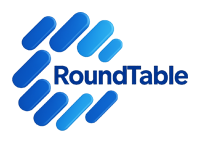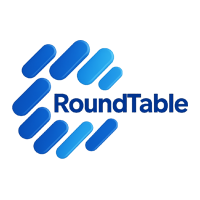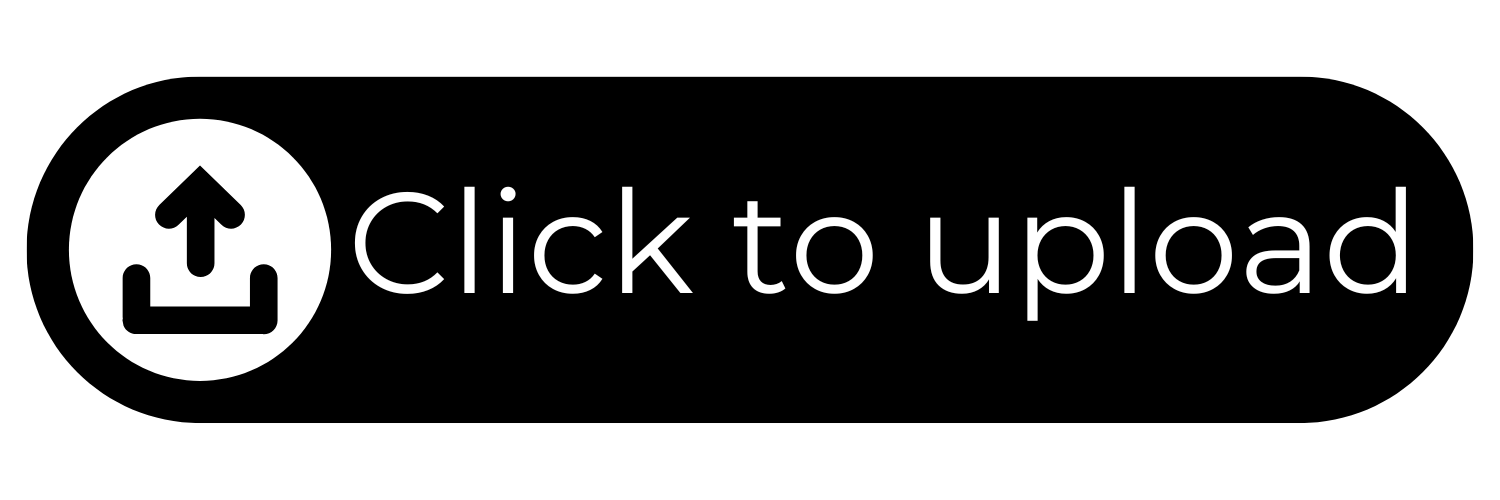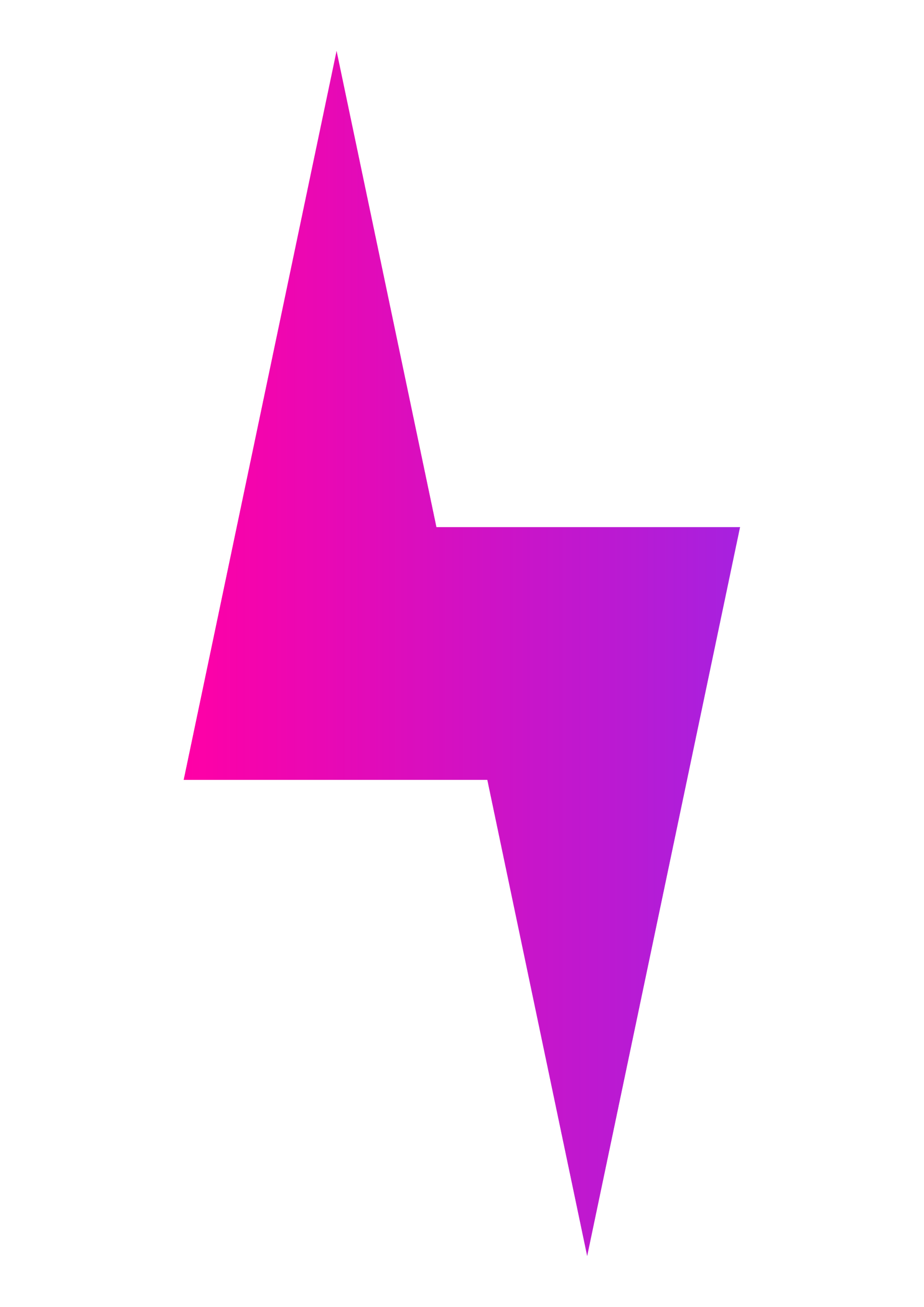IT Recruitment
IT Market Facts
Massive Market Size
The global IT market is valued at over $5.5 trillion USD (as of 2024), encompassing hardware, software, services, and emerging tech sectors.
Cloud Computing Dominates
Cloud services (AWS, Azure, Google Cloud) are among the fastest-growing segments, driven by demand for scalability, remote work, and digital transformation.
AI and Automation are Reshaping IT
Artificial Intelligence (AI), machine learning, and automation are revolutionising IT operations, from predictive analytics to automated cybersecurity and coding.
Enterprise IT Spending is Surging
Companies are significantly increasing IT budgets, especially for cybersecurity, cloud migration, and digital workplace tools.
Cybersecurity is a Top Priority
With cyber threats rising globally, cybersecurity is now a core business function, with global spending expected to exceed $200 billion USD by 2026.
Skilled Talent Shortage
The IT industry faces a global talent shortage, particularly in areas like cloud engineering, cybersecurity, DevOps, and data science.
Remote Work Has Transformed IT Needs
The shift to hybrid and remote work has led to high demand for remote access solutions, collaboration platforms (e.g. Teams, Zoom), and secure networks.
Green IT is Gaining Momentum
There is growing focus on sustainable IT, including energy-efficient data centers, e-waste reduction, and carbon-neutral cloud services.
Edge Computing is on the Rise
With IoT and 5G expanding, edge computing (processing data closer to the source) is becoming critical for real-time performance.
Asia-Pacific is the Fastest-Growing Region
The Asia-Pacific IT market—led by China, India, and Southeast Asia—is seeing explosive growth due to rapid digitisation, mobile adoption, and tech investment.
Additional Benefits Include
Time Savings
Time Savings
Consultants handle the initial screening, interviews, and technical assessments, reducing the burden on your internal team and speeding up the hiring process.
Expertise in Matching Skills to Roles
Expertise in Matching Skills to Roles
IT consultants understand both the technical and soft skills needed for various roles—whether you're hiring a network engineer, cloud specialist, or cybersecurity analyst—ensuring better alignment with your job requirements.
Market Insights
Market Insights
Recruiters provide valuable data on salary trends, in-demand skills, and hiring timelines, helping you stay competitive and realistic in your offers.
Reduced Hiring Risk
Reduced Hiring Risk
Many agencies offer guarantees or replacement policies if a hire doesn’t work out, which lowers the risk of costly hiring mistake
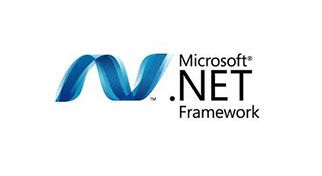
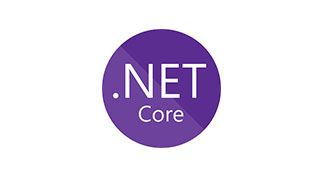
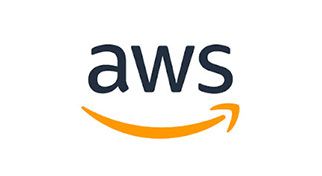
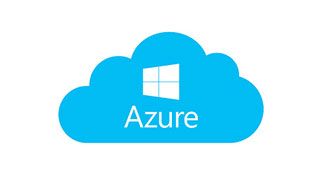
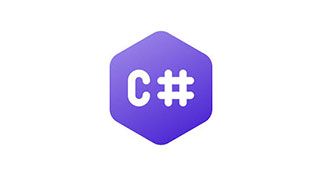
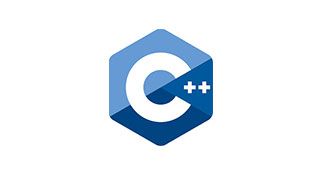
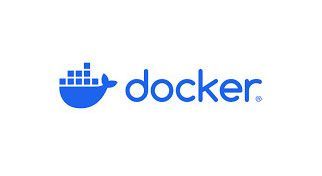
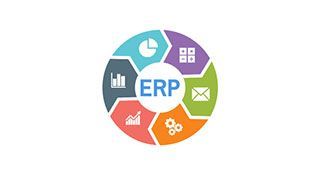
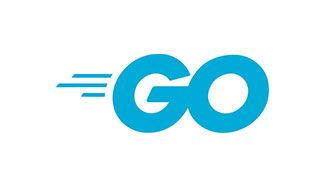
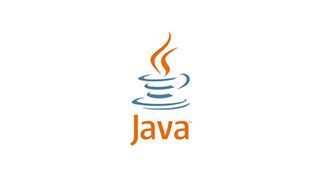
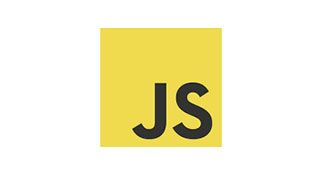
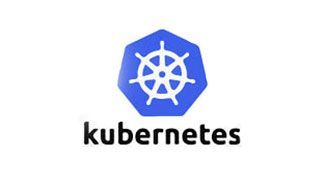
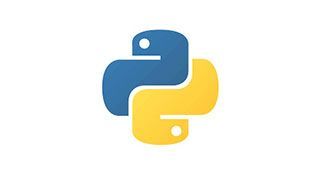
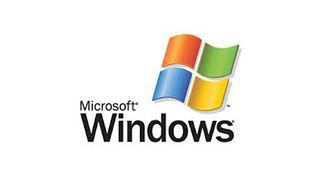
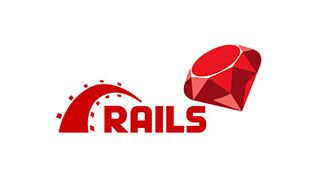
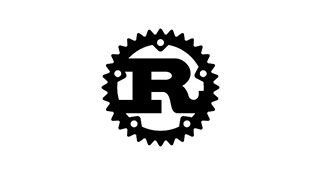
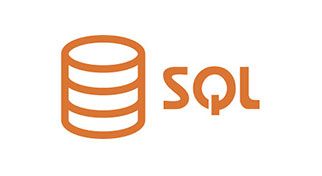

















Roles we Recruit
Software Developer
A Software Developer is a professional who designs, builds, tests, and maintains computer software and applications.
Engineering Manager
An Engineering Manager is a leadership professional responsible for overseeing technical teams and projects within engineering-driven organisations.
DevOps Engineer
A DevOps Engineer is a key IT professional who bridges the gap between software development and IT operations.
Infrastructure
An IT Infrastructure Engineer is responsible for designing, implementing, maintaining, and supporting the core IT infrastructure of an organization.
